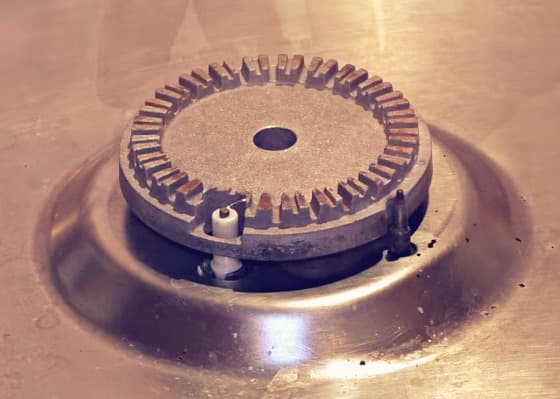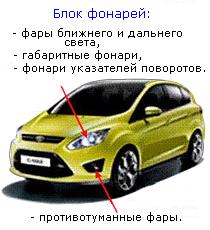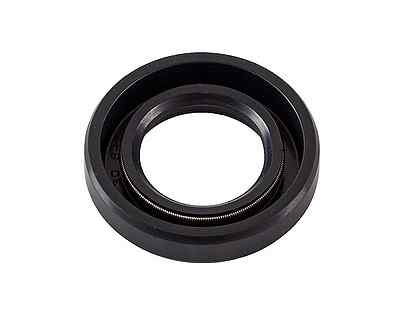
How to troubleshoot a gas cap that won't click
Content
The gas caps click when they are securely fastened. A damaged gas cap can be caused by a damaged gasket, the gas filler housing, or debris in the fuel filler neck.
Perhaps one of the least thought out mechanical components of any car is the gas tank or fuel cap. Oddly enough, we routinely remove and reinstall this simple plastic (or metal on older cars) piece of equipment whenever we fill up our cars with fuel. When we put it back on the fuel tank, the cap should "click" - as an indicator to the driver that the cap is secure.
But what happens when the cap doesn't "click"? What should we do? How does this affect the performance of the car? And what can we do to solve why the gas cap is not "clicking"? In the information below, we'll answer all three questions and provide some resources to help you determine why this little plastic piece isn't working.
Method 1 of 3: Understand Warning Signs or a Damaged Gas Cap
Before you can troubleshoot the cause of a problem, it's important to understand what the component is actually intended to do. According to most automotive experts, the fuel cell cap serves two main functions.
Firstly, to prevent leakage of fuel or vapors inside the fuel element through the filler neck, and secondly, to maintain a constant pressure inside the fuel element. It is this pressure that allows fuel to flow to the fuel pump and ultimately drives the vehicle. When the gas cap is damaged, it loses its ability to keep the fuel cell sealed and also reduces the pressure inside the gas tank.
On older cars, if this happened, it caused more inconvenience. However, since the modern ECM has been introduced and sensors have been found to control virtually every component of a car, a loose or broken gas cap can cause a lot of problems that will negatively impact the operation and performance of your car.
In many cases, when the gas tank cap is damaged and does not "click" when put back on the fuel tank, this results in several warning signs. Some of the more common indicators of a bad gas cap may include the following:
Inability to start the engine: In many worst-case scenarios, when the gas tank cap is not sealing or maintaining the correct pressure inside the tank, the sensor will alert the vehicle's ECM and literally shut off the fuel supply to the engine. The engine cannot run without fuel.
Rough idle engine: In some situations, the engine will run, but will idle and accelerate very sharply. This is usually caused by intermittent fuel delivery to the engine due to low or fluctuating fuel pressure in the gas tank.
The check engine or gas cap light will come on along with several error codes: In most cases, a loose gas cap, or if it doesn't "click" when installed, will cause several OBD-II error codes to be stored in the car's ECU. When this happens, the most logical action is to turn on the check engine light or gas cap on the dash or instrument cluster.
In many cases, error codes that will be caused by a loose gas cap will include the following:
- P0440
- P0441
- P0442
- P0443
- P0446
- P0453
- P0455
- P0456
Each of these codes has a specific description that can be interpreted by a professional mechanic with a digital scanner.
Method 2 of 3: Inspect the gas tank cap for damage
If any of the above symptoms occur, or if you are installing a gas cap and notice that it just doesn't "click" like it normally does, the next step should be to physically inspect the gas cap. In most cases, the reason that the gas tank cap does not click is due to damage to some part of the gas tank cap.
On modern vehicles, the gas tank cap consists of several separate parts, including:
Pressure relief valve: The most important part of a modern gas cap is the safety valve. This part is located inside the gas cap and allows a small amount of pressure to be released from the cap in cases where the tank is pressurized. In many cases, the "clicking" sound you hear is caused by the release of this pressure valve.
Gasket: Under the gas tank cap is a rubber gasket that is designed to create a seal between the base of the fuel filler neck and the gas tank cap. This part is usually the component that is damaged due to excessive removal. If the gas cap gasket is jammed, dirty, cracked, or broken, it can cause the gas cap to not fit snugly and most likely not "click".
There are a few more details, but they do not affect the ability to attach caps to the gas tank. If the parts above that cause the gas cap to not "click" are damaged, the gas cap must be replaced. Luckily, gas plugs are fairly inexpensive and incredibly easy to replace.
In fact, it becomes an important part of scheduled maintenance and service; as more and more manufacturers include it in their maintenance programs. It is recommended to change the gas tank cap every 50,000 miles.
To check the gas cap for damage, follow the steps below, but remember that each gas cap is unique to a vehicle; so refer to your car's service manual for the exact steps if available.
Step 1: Inspect the gas cap for gasket damage: The quickest way to troubleshoot a non-clicking gas cap is to remove and inspect the gas cap gasket. To remove this gasket, simply use a flat blade screwdriver to pry the gasket off the gas cap body and remove the gasket.
What you should look for are any signs of gasket damage, including:
- Cracks on any part of the gasket
- The gasket is pinched or turned upside down before you removed it from the gas tank cap.
- Broken gasket parts
- Any gasket material left on the gas cap after you have removed the gasket.
- Signs of excessive contamination, debris, or other particles on the gasket or gas cap
If you notice that any of these problems are visible during inspection, purchase a new OEM recommended gas cap and install a new one on your vehicle. Don't waste time buying a new gasket as it wears out over time or the gas cap has other problems.
Step 2: Inspect the pressure relief valve: This test is a bit more difficult for the average consumer. The pressure relief valve is inside the gas cap and unfortunately cannot be removed without breaking the cap. However, there is a simple test to determine if the exhaust valve is damaged. Place your mouth over the center of the gas cap and draw or inhale into the gas cap. If you hear a sound similar to the "quacking" of a duck, then the seal is working properly.
The gasket and pressure relief valves are the only two components on the gas cap itself that prevent it from "clicking" and tightening properly. If these two parts are checked, move on to the last method below.
Method 3 of 3: Inspect the gas tank filler neck
In some very rare cases, the gas tank filler neck (or the place where the gas tank cap is screwed in) becomes clogged with dirt, debris, or the metal part is actually damaged. The best way to determine if this part is the culprit is to follow these individual steps:
Step 1: Remove the gas tank cap from the filler neck..
Step 2: Inspect the filler neck of the tank. Inspect the areas where the cap screws into the gas tank for signs of excessive dirt, debris, or scratches.
In some cases, especially on older gas tanks with metal caps, the cap may be installed crooked or cross-threaded, which will create a series of scratches on the gas tank body. On most modern fuel cells, this is simply impractical or impossible.
**Step 3: Check if there are any obstructions on the fuel inlet. As crazy as it sounds, sometimes foreign objects such as a branch, leaf, or other object get caught in the fuel filler. This may cause a blockage or loose connection between the gas tank cap and the fuel tank; which can cause the cap to not "click".
If the fuel filler housing is damaged, it must be replaced by a professional mechanic. This is very unlikely but can happen in some rare cases.
In most cases, replacing the gas tank cap on any car, truck or SUV is very easy. However, if the gas cap is causing the error code, it may need to be removed by a professional mechanic with a digital scanner to get the car working again. If you need help with a damaged gas cap or resetting error codes due to a damaged gas cap, contact one of our local mechanics to perform a gas cap replacement.

